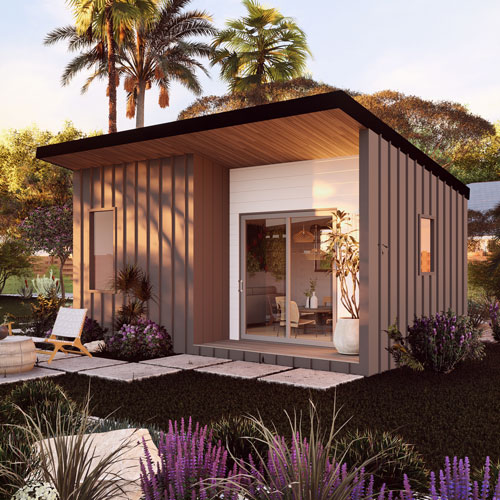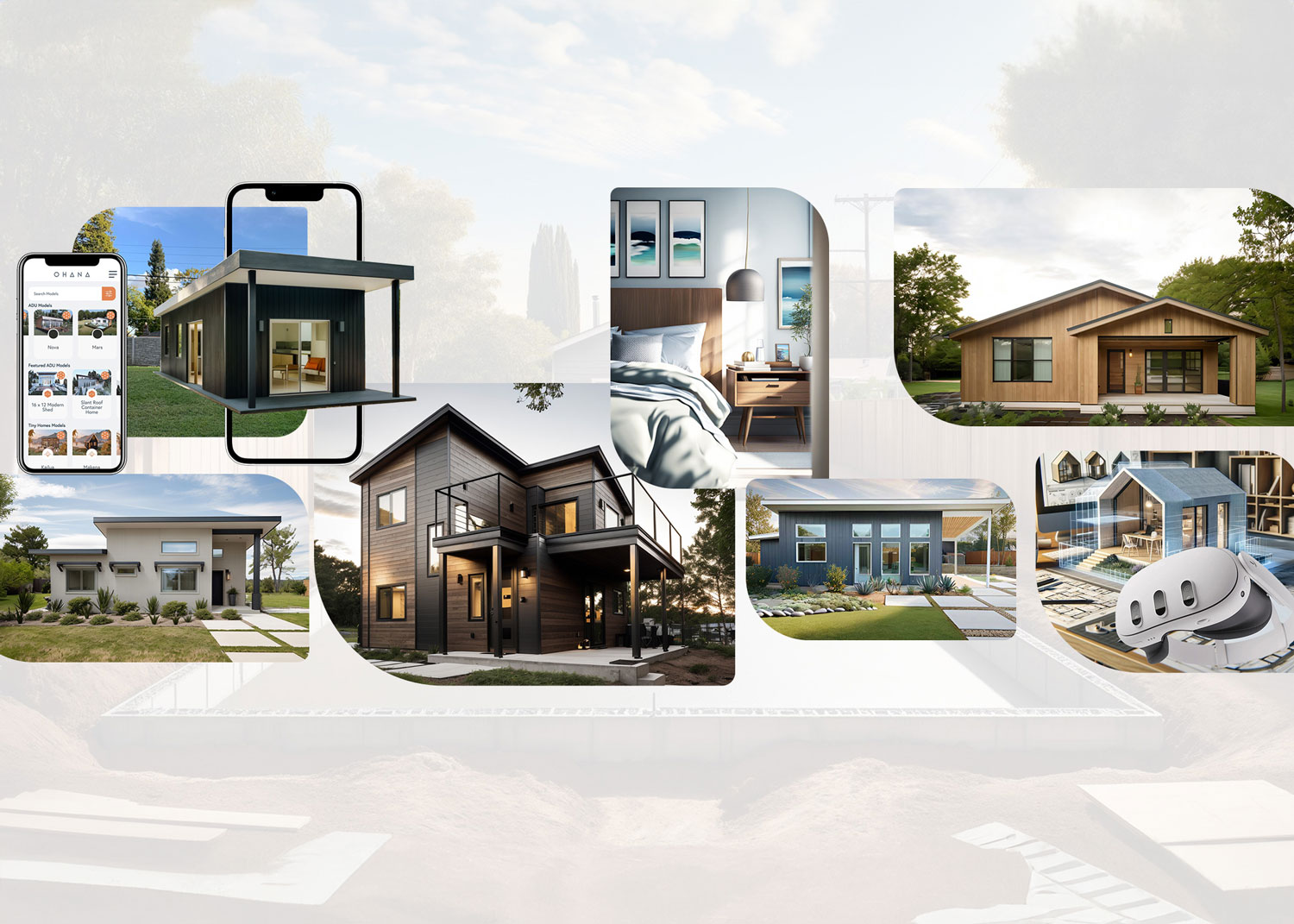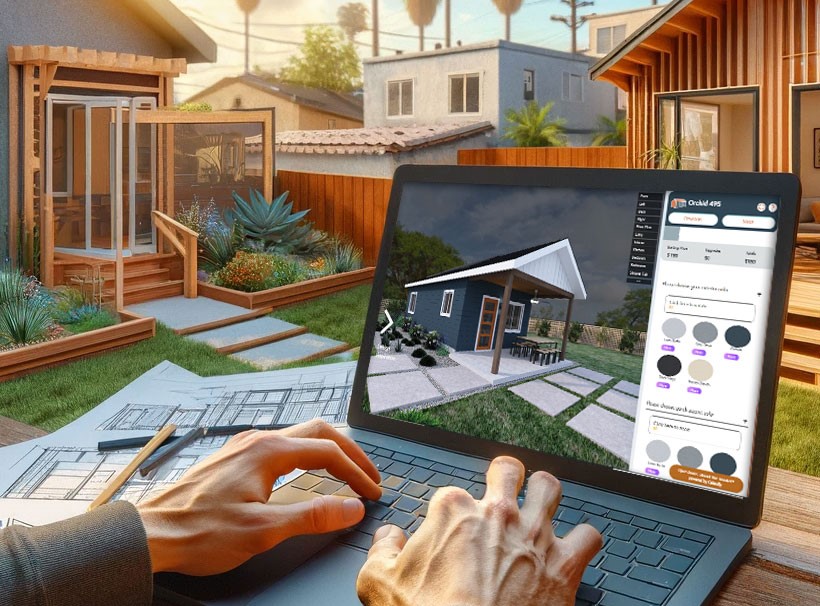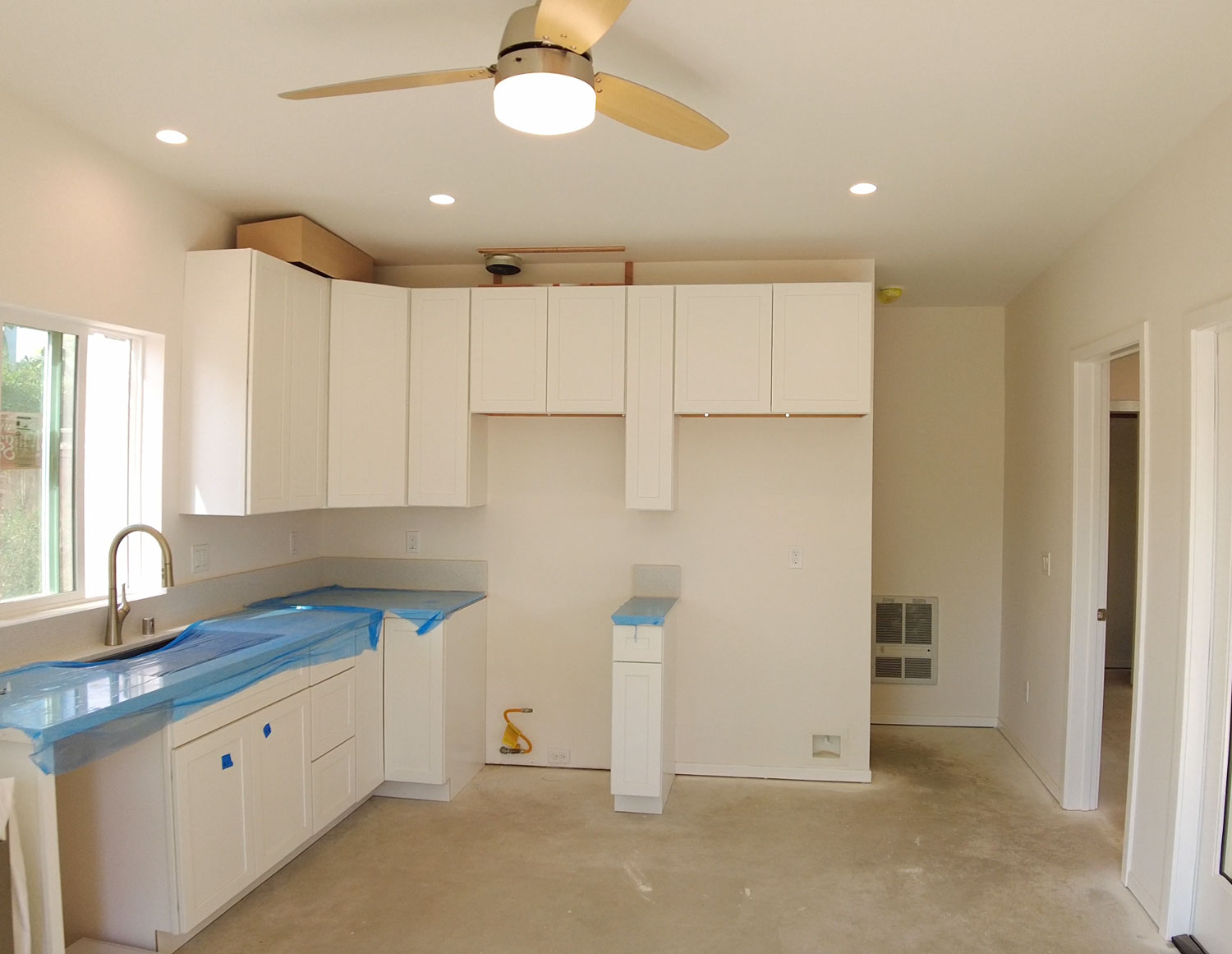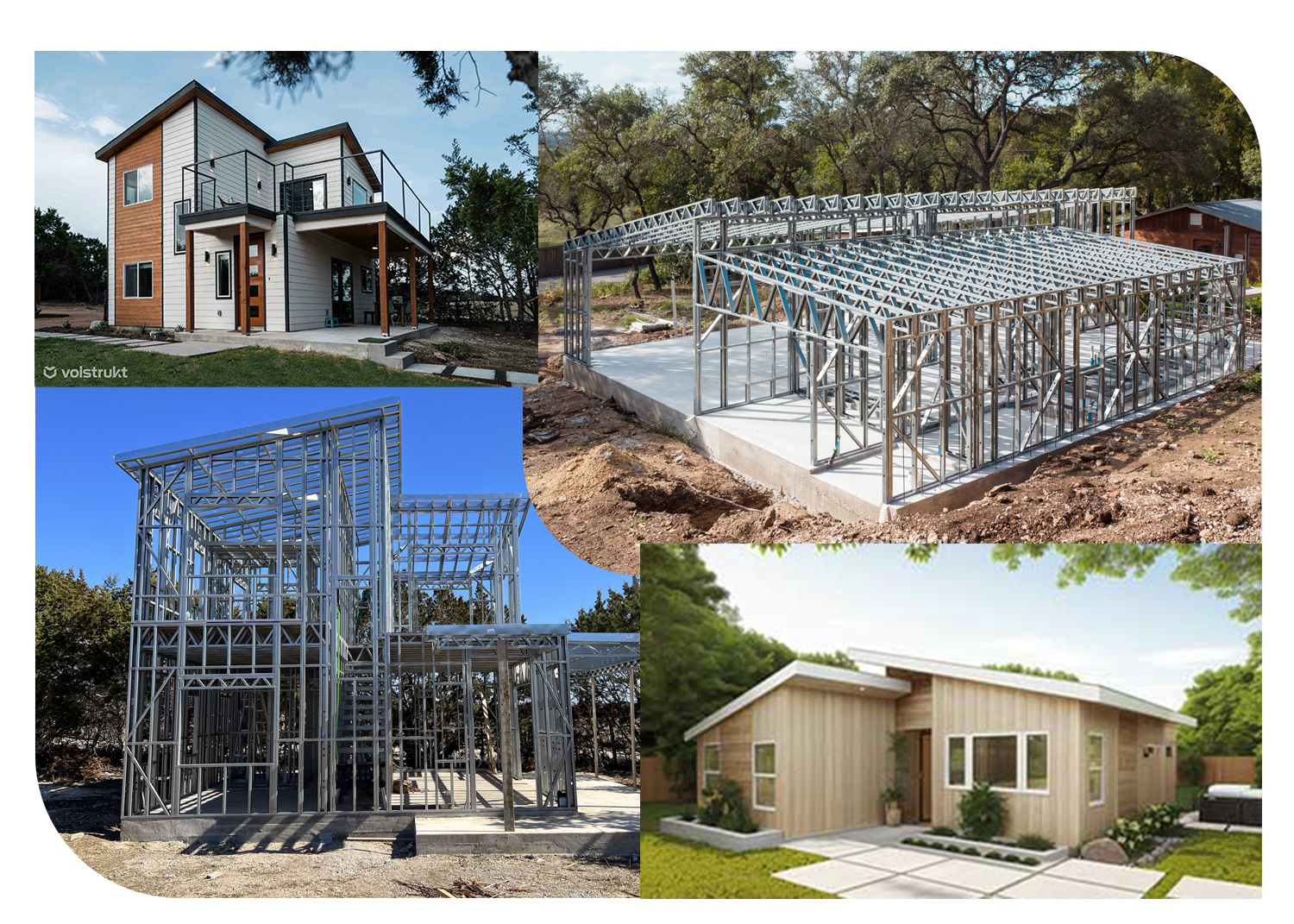Accessory Dwelling Units (ADUs) have gained popularity as a flexible and affordable housing solution. These structures, whether detached, attached, or interior to the primary residence, offer additional living space that homeowners can use for family, rent out for income, or even as a home office. However, the construction of ADUs must comply with specific building codes and regulations, which can vary significantly by jurisdiction. Despite best intentions, certain code violations occur more frequently in the construction of ADUs, potentially leading to delays, increased costs, or even safety risks.
1. Improper Egress
One of the most critical aspects of ADU construction is ensuring proper egress. Building codes require that bedrooms have at least one operable window or door for emergency exit, meeting specific size and height requirements. Often, ADU designs fail to include adequate egress points, which can be a significant safety hazard and a common reason for failing a building inspection.

2. Ceiling Height Requirements
Another common violation involves ceiling heights. Many building codes, such as the International Residential Code (IRC), mandate minimum ceiling heights for habitable spaces. The standard is typically 7 feet (2.13 meters) for living areas, with allowances for slightly lower heights in areas like bathrooms or under beams and ducts. Overlooking these requirements can result in the need for costly modifications.
3. Insufficient Fire Safety Measures
Fire safety is paramount in all residential construction, including ADUs. This encompasses the installation of smoke alarms in all sleeping areas and common living spaces, the use of fire-resistant materials, and ensuring proper separation and fire barriers between the ADU and the primary dwelling. Neglecting these critical safety measures can lead to severe code violations.

4. Electrical and Plumbing Noncompliance
ADUs require their own electrical and plumbing systems, which must adhere to the rigorous standards set out by codes such as the International Plumbing Code (IPC) and the National Electrical Code (NEC). Common oversights include insufficient electrical outlets, improper bathroom ventilation, and non-compliant water heater installations. Ensuring these systems are up to code not only passes inspection but also guarantees the safety and functionality of the unit.

5. Setback and Size Limitations
Local zoning laws often specify setback requirements and size limitations for ADUs. These rules determine how close the ADU can be to property lines and the maximum size relative to the lot or primary residence. Misinterpreting or ignoring these regulations can lead to violations that might require significant structural alterations or even removal of the constructed ADU.
Conclusion
Building an ADU can be a rewarding project, but it's essential to navigate the complex landscape of building codes and regulations carefully. The most common violations, including issues with egress, ceiling heights, fire safety, electrical and plumbing compliance, and adherence to zoning laws, can be avoided with thorough planning, attention to detail, and, when necessary, the expertise of professionals. Before embarking on an ADU project, consult with local building officials and consider hiring a knowledgeable contractor or architect to ensure your ADU complies with all applicable codes and regulations, ensuring a smooth inspection process and a safe, comfortable living space.



